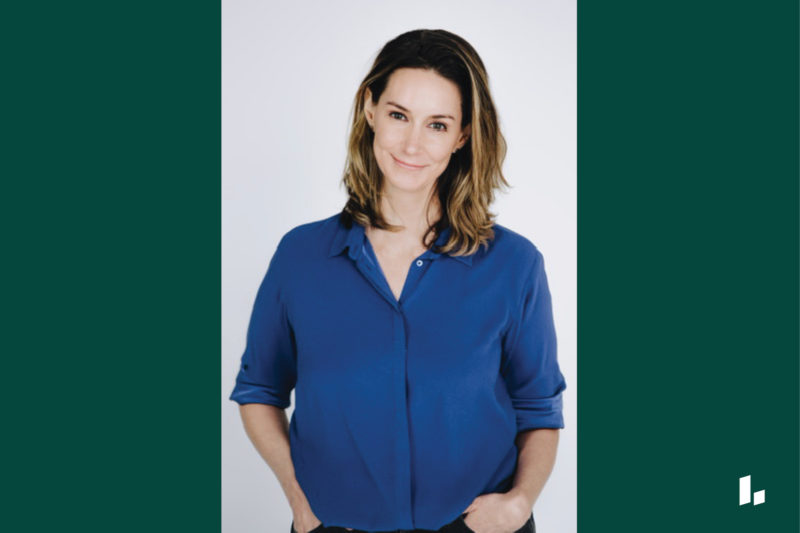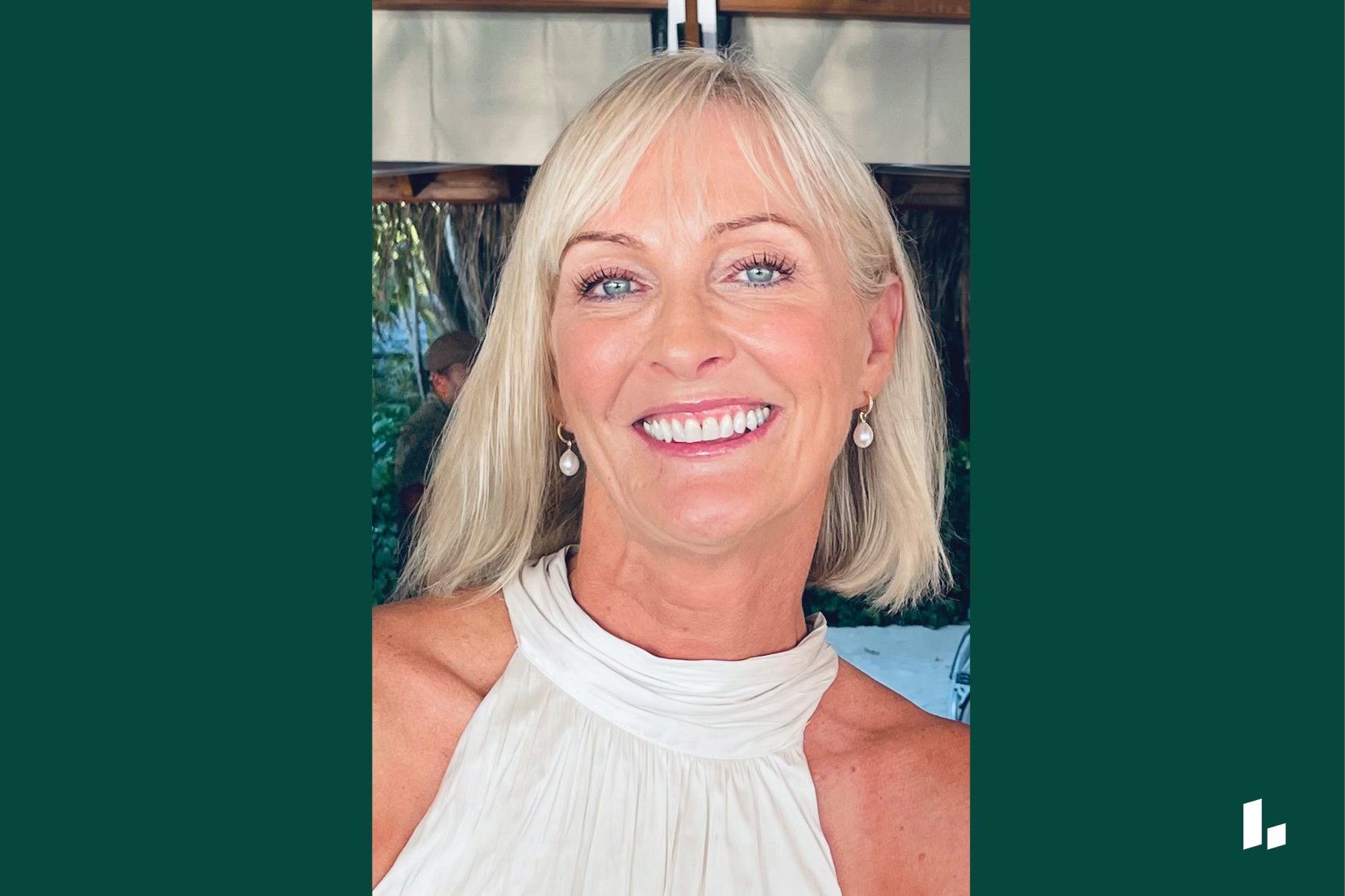Member Profile:
Who: Emily Stong, 40
Where: Atlanta
Time with Levels: 17 months (since January 2021)
Most Useful Takeaway: Emily had an epiphany about the “longevity of a bad decision.” Eating food that severely spikes her blood sugar results in more difficult-to-control glucose levels for the rest of the day—and the next day, too.
1. What was your health like before using Levels?
I had my first daughter when I was 36. At that time, I was in reasonable health, but I developed gestational diabetes during that pregnancy. Gestational diabetes is common, affecting up to 10 percent of pregnancies every year, but it is discouraging to have. Before pregnancy, I was not prediabetic. My A1c levels were completely normal, so it’s not something I expected.
2. What made you want to put a CGM on your arm?
I’m currently working towards my doctorate in public health. Specifically, I’m interested in Alzheimer’s disease and dementia prevention in women. Two-thirds of Alzheimer’s patients are female. Research shows that brain-related changes happen when people are in their 30s and 40s, though the consequences don’t show up until they’re in their 60s.
I’ve become much more interested in protecting my brain, and data shows that glucose levels and Type 2 diabetes may play a role in Alzheimer’s development. So, I started to think, ‘Wow, I have a child, and I need to start thinking about protecting my brain long-term.’
That’s what drew me into the CGM. I wanted to get a handle on my diet and make sure that I didn’t have those glucose spikes that could damage my brain and impair me later in life. I also wanted to be sure I was being as healthy as possible for my baby. I wore the CGM for about three months before getting pregnant with my second child. (Emily had her second baby girl in December 2021.)
Learn more:
3. How did wearing the CGM change how you ate during your second pregnancy?
What’s funny is that I was wearing the CGM when I did my gestational diabetes test. The CGM reacted as expected: My blood sugar skyrocketed. But the university hospital told me there was no spike in my blood test, and I was fine. I walked away thinking that I didn’t trust that lab anymore—or the hospital mixed up my results.
So, I treated my body as if I had gestational diabetes. While gestational diabetes was a huge burden for me in my first pregnancy, it was a fun challenge in the second with the CGM. I knew how to handle my blood sugar through diet and exercise in ways I wasn’t aware of during my first pregnancy.
A gestational diabetes diagnosis is bewildering and overwhelming for women. The dietary advice we get from our doctors is terrible and creates so much fear around eating. This creates an “f– it” mentality where you just eat what you want. I’d throw my hands up and have a Snickers bar with my first pregnancy. In my second, with the CGM, I felt more in control and empowered to take care of my health.
Related article:
4. What specific changes did you make to your eating habits?
I make it a point to start every meal with greens. I put chia seeds in everything now. And I’m no longer afraid of fat. I love avocado. I use olive oil liberally. I drink MCT oil in my coffee. I eat a ton of salmon. Butter? I’m not scared of it.
When it comes to breakfast, I can’t have carbohydrates like bread. Instead, it’s eggs and spinach with chia seeds. And I used to love stovetop popcorn cooked in olive oil, but that has a terrible effect on my blood sugar.
Another interesting thing that I discovered was the longevity of a bad decision. If my husband and kids go out and get bagels and I eat one, it messes up my blood sugar for the rest of the day—and the next day. That has made me question more if something is worth it. In the past, I used to let myself have a mini Coke occasionally, but now it’s not worth it. Treats don’t feel like such a treat anymore because I understand the impact on my body.
5. What non-diet things did you notice affecting your blood sugar?
Unfortunately, I’m going through some personal challenges right now, and my blood sugar is through the roof. No matter what I’m eating, I’m consistently higher. This is the only data point on my health that I’m collecting right now, and I’m stunned at how stress affects my blood sugar so much.
Before wearing a CGM, my body was a mystery to me. I wasn’t connecting what I was doing to how I was feeling. Now it’s ‘oh, if I’m feeling tired or stressed, how have I been eating in the past 24 hours?’ because I usually see the answer there.
It’s funny because, as women, we’re always told to lose weight and be thin and look better. Once I wore the glucose monitor, my mindset shifted to: ‘Actually, I’m eating food to take care of my body and protect it long-term.’ Food stopped being an enemy and started being a tool for my health.











